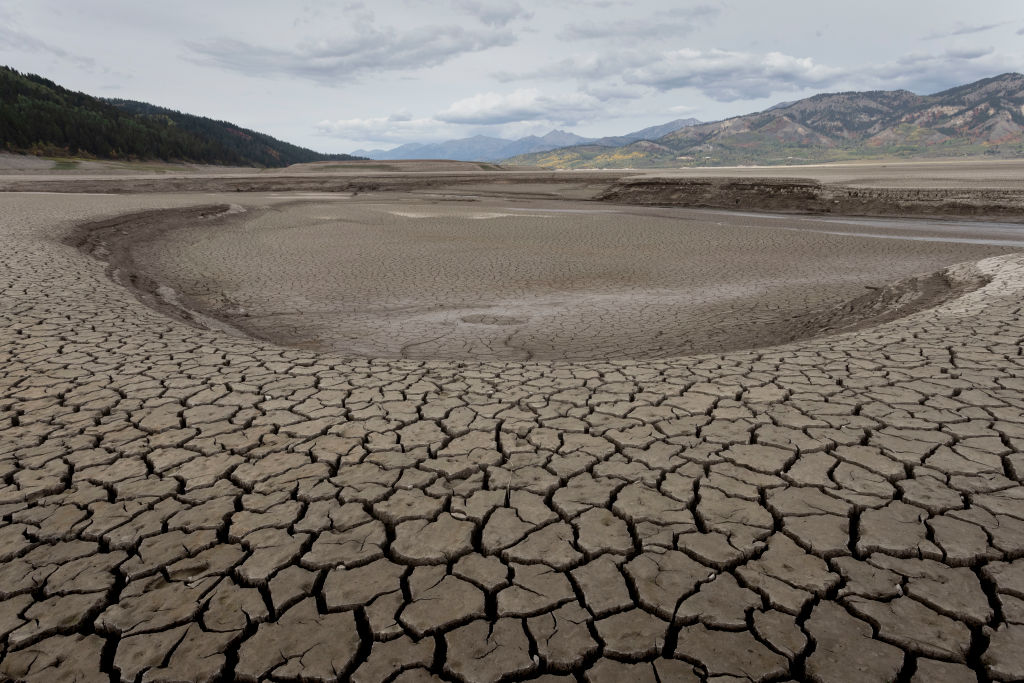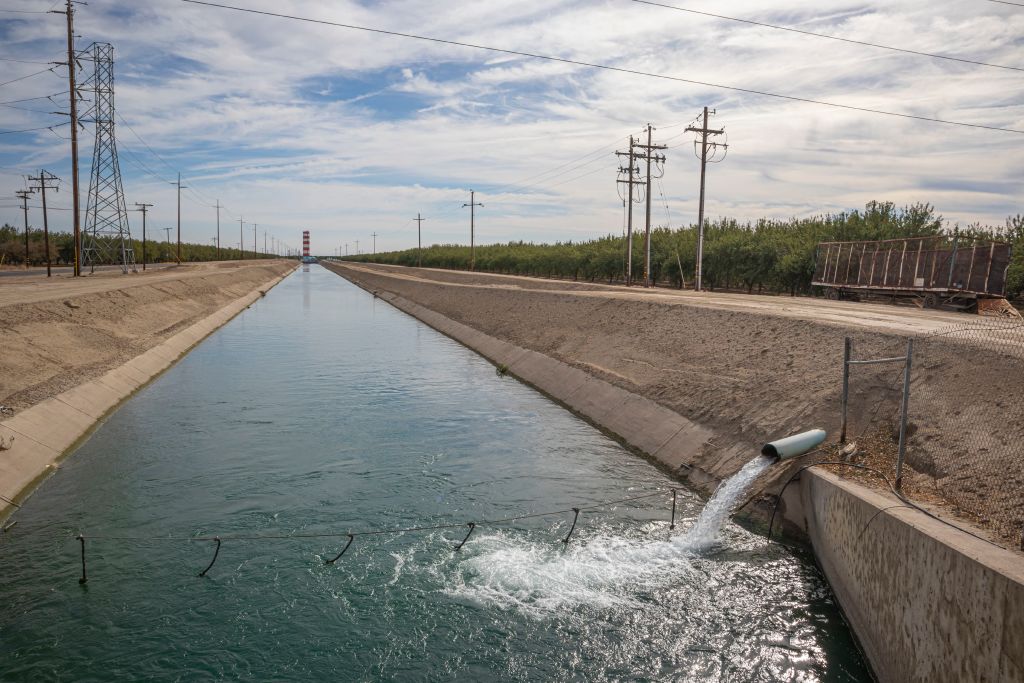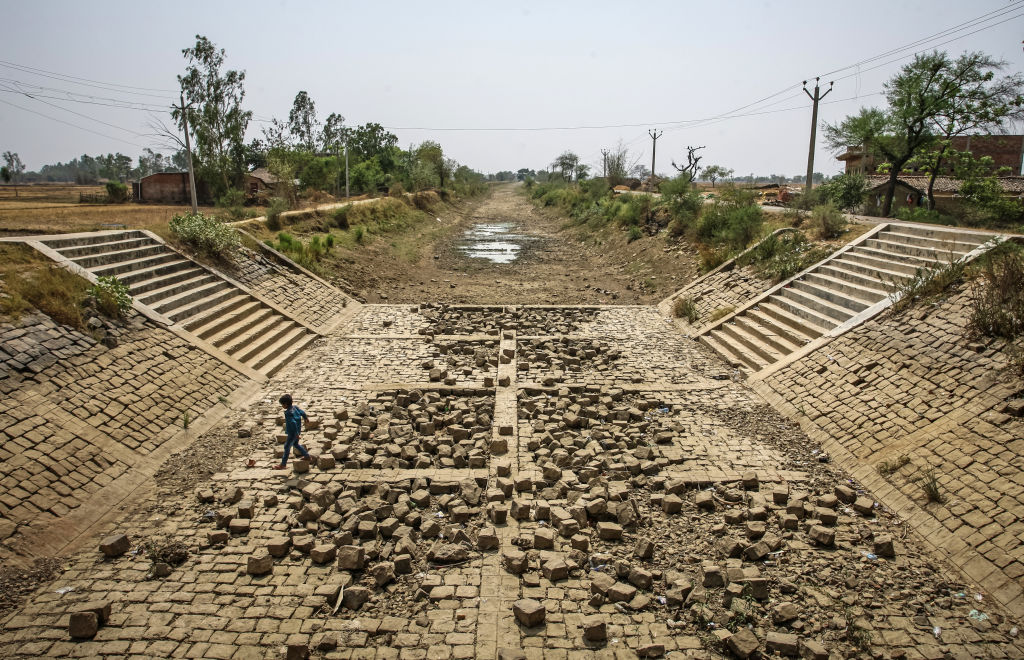
Do you pay for the water you use? The answer may seem like an obvious “yes”—you probably get a water bill every month, charging you a cent or two for every gallon that comes out of the taps in your home. In the U.S., an average family of four, consuming 100 gallons of water each per day, paid $73 a month for water in 2019 (accounting for wide variations across states and cities). But those dollar and gallon amounts are almost completely divorced from the true impact of our lives on the world’s water resources.
For one thing, residential water prices in the U.S. are based largely on delivery costs—with utilities charging for the cost of getting water to you and not for the actual resource. More importantly, your residential water use represents only a tiny fraction of the water that goes into the products and infrastructure that make your life possible. Depending on where they operate, the businesses that use that water to make their products pay almost nothing for it, or they may pay only for the right to use a water source, not for the actual volume of water they use. When that indirect water use is taken into account, the average U.S. resident consumes nearly 2,000 gallons of water every day, according to estimates by water-monitoring campaign group the Water Footprint Network.
“We still operate the world economy with freshwater largely as a free resource,” says Johan Rockström, co-director of Germany’s Potsdam Institute for Climate Impact Research, and a specialist in water resources. That doesn’t make sense, Rockström argues. A massive body of evidence, he explains, shows that this same global economy is disrupting the water cycle—through greenhouse gas emissions, the destruction of ecosystems, and pollution—and therefore making the essential resource increasingly scarce. “We’re not factoring that into the economy, and therefore not into governance or management of water either. It’s a market failure.”

Pricing-in the environment
The solution to that disconnect may lie in a global water market—in which businesses or governments trade credits for water use or doing things which affect water supplies, effectively paying a unified price for freshwater. Water experts argue that such a system, echoing the way some regions trade credits for carbon dioxide emissions, would encourage firms to reduce their water use. It could also incorporate economic incentives to protect a healthy water cycle, for example, by offering a country like Brazil payments if it protects the Amazon rainforest, whose trees generate large amounts of South America’s rainfall through evapotranspiration.
Rockström says a water market is one of the ideas under a “very early phase” of discussion at the Commission on the Economics of Water, which launched last week with him as one of its co-chairs. The initiative aims to persuade policymakers and businesses to redesign global water management and will deliver its recommendations during a U.N. summit on water in New York in March 2023.
Water is the latest front in economists’ confrontation with market capitalism’s failure to take into account both how it impacts the environment, and how it depends on favorable environmental conditions. That process was kickstarted in 2006 by a report commissioned by the U.K. government to assess the economic costs of climate change. Economist Nicholas Stern calculated that failing to address climate change would shave off around 20% of annual global per capita GDP, and that the actual economic cost of emitting a metric ton of carbon dioxide stood at $85. Stern’s insights (along with a blooming field of climate economics research) have encouraged governments representing 46 nations to introduce carbon emissions markets or carbon taxes.
More recently, hundreds of programs around the world have tried to address the economic cost of the destruction of nature by introducing so-called “payments for ecosystem services.” For example, farmers are paid in the U.K. to rewild or reforest a certain amount of their land, to reflect the economic value of things like biodiversity and natural flood defenses.
Rockström says a water market—or some other mechanism to regulate water use—could combine elements of both the carbon and ecosystem services approach: it could assign a value to a cubic meter of freshwater, and offer incentives, such as paying landowners who protect forests that help trigger rainfall, while also delivering penalties like charging businesses that use excessive amounts of water.

As a concept, water markets have been around for a while. A few places already have some form of a water market: the most well established is in Australia’s Murray–Darling Basin, where authorities operate a cap-and-trade system. Water trading also takes place in a handful of irrigation districts in western U.S. states. But according to a 2021 U.N. report, the small scale of existing water markets and “the absence of standardized approaches to valuation leads to considerable divergence in water values,” which undermines their impact on water efficiency.
In 2014, a group of U.S.-based economists said that a regional water trading system was the key to dealing with increasing water scarcity in the American West. They pointed out that, despite that year’s punishing drought, growers of alfalfa—“a low-value and high-water-use crop”—had produced enough crops to export millions of tons to Asian countries, while producers of higher value crops had been forced to leave hundreds of thousands of acres of land fallow. “If there were ways to trade water, some farmers could cut back on the production of more water-intensive, lower-value crops and lease or sell the conserved water to desperate fruit and nut growers or thirsty cities,” the researchers wrote in a Wall Street Journal op-ed at the time.
Global water flows
To be really effective, though, a water market may need to be global, Rockström says. That’s in part down to how water is produced: hydrologists are increasingly clear that the primary driver of rainfall in many parts of the world is not the ocean—as previously thought—but on-land ecosystems that can stretch across regions. Farmers in Argentina rely on “flying rivers”—large bands of moist air—produced by the Amazon rainforest in Brazil, and India relies heavily on the stable melting season in the Tibetan highlands for its rain.
Water is also used in an international way; countries already “virtually” trade vast amounts of water embedded within products. Chile, for example, uses lots of water to grow avocados, which it then ships to the U.K., while denim makers in China use up water to process jeans before sending them to India. The volume of water virtually traded doubled between 1986 and 2007. A 2020 study in Nature predicts it will triple again between 2010 and 2100 because climate change will force increasingly water-stressed countries to rely on imports of water-intensive products.
It would be controversial to put a price on those virtual water flows. If industries pay more for water, they will pass that cost increase on to consumers in the form of higher prices. This would particularly impact food, the production of which accounts for 70% of global freshwater use. Any water market mechanism would need to find ways to shelter poorer countries, and poorer people in wealthy countries, from the impact of such price increases. (The E.U. is currently tackling this issue when it comes to carbon; the bloc’s parliament is debating a “social climate fund” to help vulnerable households deal with carbon-related price increases, using money generated by its emissions trading scheme and other sources.)
Despite the complications, Rockström says that failing to overhaul the economy’s relationship to water will cost us more in the long run. The World Bank estimates that a “business as usual” water management scenario will trigger GDP losses of up to 10% a year in some regions by 2050. “As long as we have these market failures, we will continue to destroy the functioning of the Earth’s system. And in the end, we will have so much water scarcity that we will have increasing food prices anyway,” Rockström says. “We have to find a smart way of doing this.”
More Must-Reads from TIME
- Cybersecurity Experts Are Sounding the Alarm on DOGE
- Meet the 2025 Women of the Year
- The Harsh Truth About Disability Inclusion
- Why Do More Young Adults Have Cancer?
- Colman Domingo Leads With Radical Love
- How to Get Better at Doing Things Alone
- Michelle Zauner Stares Down the Darkness
Write to Ciara Nugent at ciara.nugent@time.com